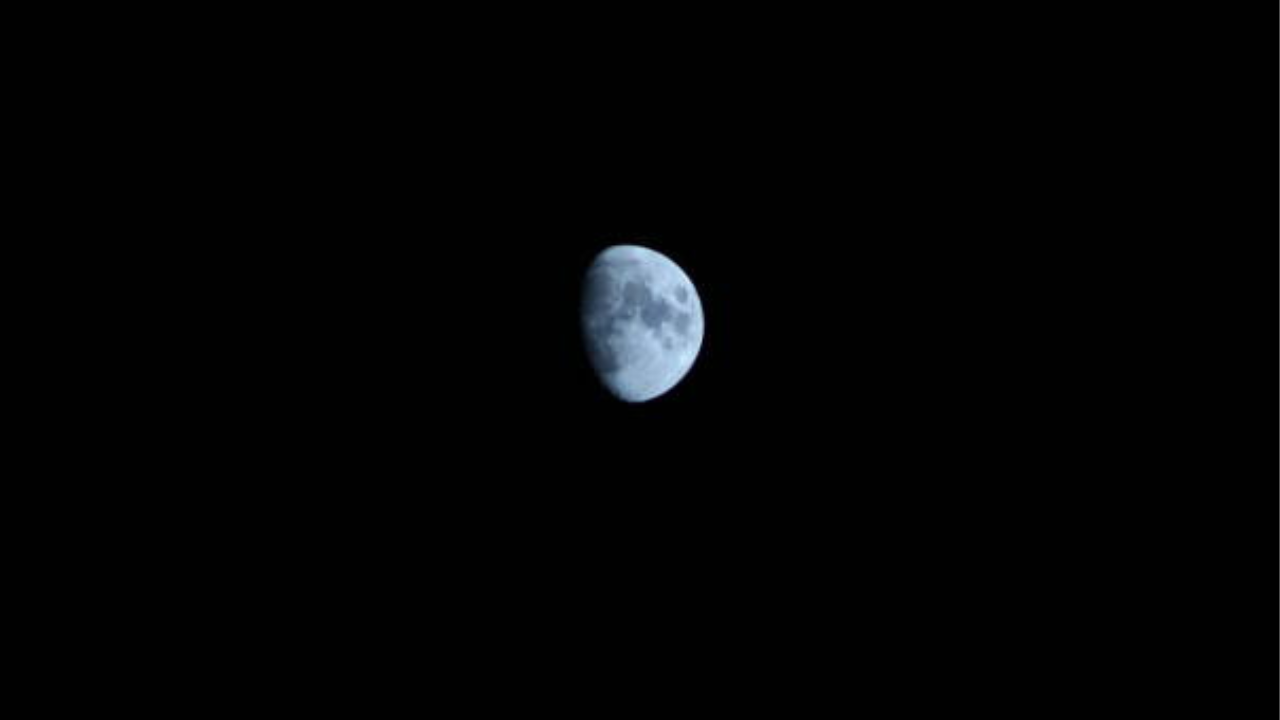
Lunar eclipses have fascinated and mystified people for centuries. These celestial events occur when the Earth, Moon, and Sun align in a way that casts the Earth's shadow on the Moon. As the Moon passes through Earth's shadow, it undergoes a striking transformation, changing from a brilliant, full moon to a dark, eerie orb with a reddish or copper hue. This captivating event has spawned numerous myths and misconceptions over the years, from cultural beliefs to health and dietary concerns associated with lunar eclipses. In this write-up, we'll explore what lunar eclipses are, dispel common myths surrounding them, and delve into the health and dietary misconceptions.
Scientific explanation behind lunar eclipse
A lunar eclipse occurs when the Earth moves between the Sun and the Moon, creating a straight-line alignment known as a syzygy. This alignment enables the Earth to cast its shadow on the Moon. There are two key components to Earth's shadow:
Penumbra: The penumbra is the outer part of the Earth's shadow. It's a lighter, less dense shadow, and when the Moon passes through this region, it results in a penumbral eclipse. These eclipses are subtle and may go unnoticed by casual observers.
Umbra: The umbra is the inner and darker part of the Earth's shadow. When the Moon passes through the umbra, it results in a partial or total lunar eclipse. During a total lunar eclipse, the Moon is entirely within the Earth's umbra, leading to the Moon's reddish or coppery appearance.
The Moon's reddish hue during a total lunar eclipse is often referred to as the "blood moon." This coloration is a result of Earth's atmosphere scattering shorter wavelengths of light (blue and green) and allowing longer wavelengths (red and orange) to reach and illuminate the Moon. The exact shade of red can vary, depending on the Earth's atmospheric conditions at the time of the eclipse.
Health and dietary myths surrounding lunar eclipses
Avoiding food and water during eclipses
In some regions, people refrain from eating or drinking during a lunar eclipse, fearing that consuming food or water during this time may lead to digestive problems or health issues. There is no scientific basis for this belief. The timing of food consumption is unrelated to the occurrence of a lunar eclipse, and there is no inherent risk associated with eating or drinking during one.
Negative impact on mental health
It is sometimes claimed that lunar eclipses can negatively affect mental health, leading to mood swings, depression, or irrational behavior. These claims lack scientific support. While celestial events can be awe-inspiring and emotionally stirring, lunar eclipses do not have a direct, adverse impact on mental health.
Health risks to pregnant women
As mentioned earlier, there is a myth that pregnant women should avoid lunar eclipses. This myth may stem from concerns that celestial events could have adverse effects on fetal development. In reality, lunar eclipses pose no risk to the health or well-being of pregnant women or their unborn children.
Avoiding physical activity
In some cultures, it is believed that strenuous physical activity during a lunar eclipse can lead to health problems or accidents. This misconception is not supported by scientific evidence. Engaging in physical activity, as long as it is done safely, does not pose any additional risks during a lunar eclipse.
Common myths around lunar eclipses
Lunar eclipses bring bad luck
Throughout history, lunar eclipses have been associated with superstitious beliefs and considered omens of impending doom. Some cultures believed that lunar eclipses signaled the wrath of deities or foretold wars and natural disasters. In reality, lunar eclipses are natural, predictable astronomical events with no inherent negative impact on human affairs.
Pregnant women should avoid lunar eclipses
In various cultures, it's believed that pregnant women should stay indoors and avoid witnessing lunar eclipses to protect the unborn child. This myth likely arises from concerns about potential health risks during prolonged exposure to celestial events. In reality, lunar eclipses are safe to observe and do not pose any threat to pregnant women or their unborn children.
Lunar eclipses cause harm to unprotected food and water
Some cultures hold the belief that food and water left out during a lunar eclipse become contaminated or harmful to consume. This notion is rooted in unfounded fears and superstitions. Lunar eclipses have no physical effect on food or water, and these items remain safe to eat and drink. Do not believe in these myths and always ask for a scientific explanation whenever possible.
Rituals and prayers are necessary during eclipses
In certain cultures, people conduct rituals, prayers, or meditative practices during lunar eclipses to ward off evil or negative energies. While these practices may provide a sense of comfort or tradition, they are not scientifically associated with the occurrence of lunar eclipses, which are purely astronomical events.
Witness this celestial event
We all will witness the grand celestial event of lunar eclipse on October 28. This will be a partial lunar eclipse. Choose a viewing spot with a clear and unobstructed view of the night sky. Light pollution from city lights can hinder your visibility, so consider going to a rural or less illuminated area. Lunar eclipses are visible to the naked eye, so you don't need telescopes or binoculars. However, having a pair of binoculars or a small telescope can enhance your viewing experience by allowing you to see more detail. Plan to arrive at your chosen location well before the eclipse starts.
Lunar eclipses can last several hours, and you don't want to miss any part of this captivating event. As the eclipse begins, you'll see the Earth's shadow gradually covering the Moon. It will turn a reddish or copper color, known as a "blood moon," during the totality phase. Lunar eclipses are a beautiful natural phenomenon, so take the time to soak in the experience. Bring some snacks and a comfortable chair to make the viewing more enjoyable. If you're into photography, consider bringing a camera with a telephoto lens to capture the eclipse. Use a tripod to steady your shots.







